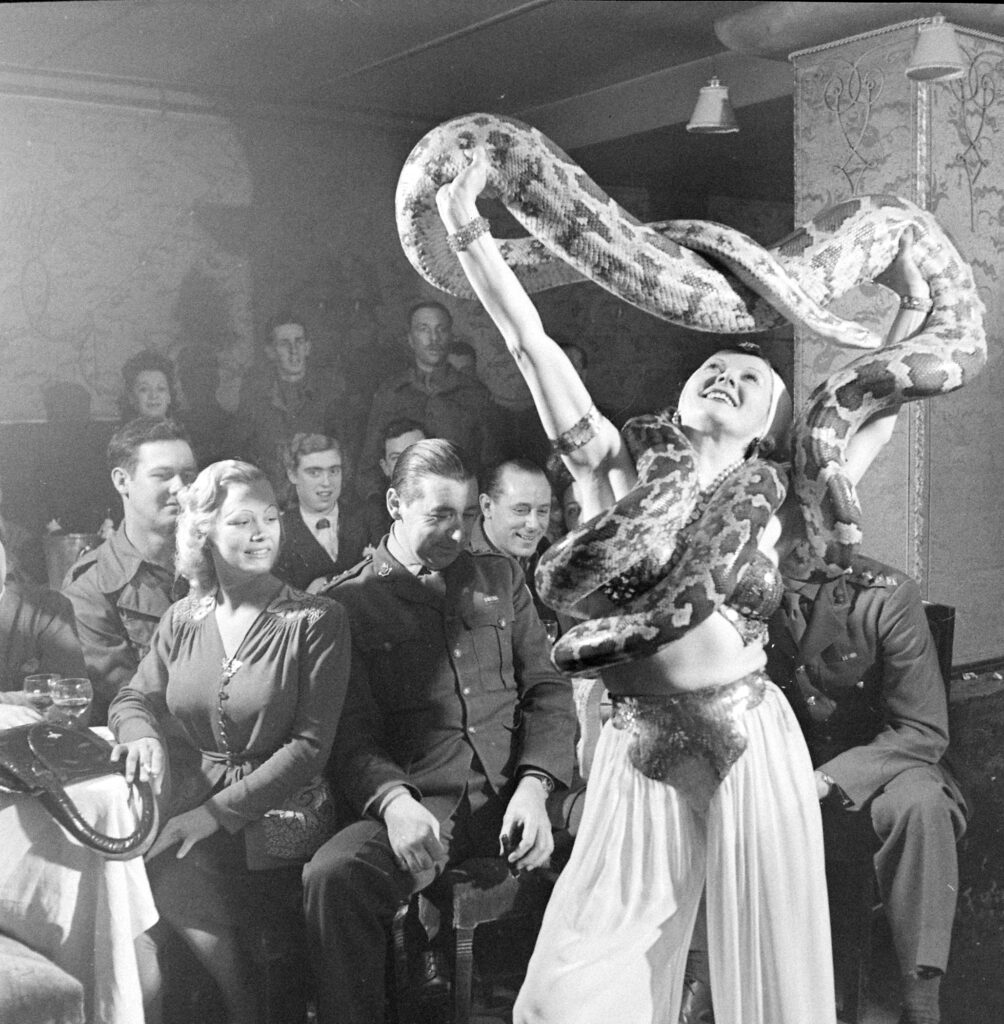Written By: Ben Cosgrove
Many decades after the grisly fact, the assassination of John F. Kennedy remains one of the few unmistakably signal events from the second half of the 20th century. Other moments some thrilling (the moon landing, the fall of the Berlin Wall), others horrifying (the killings of Martin Luther King Jr. and Robert Kennedy, the Challenger explosion) have secured their places in the history books and in the memories of those who witnessed them. But nothing in the latter part of “the American century” defined an era as profoundly as the rifle shots that split the warm Dallas air on Nov. 22, 1963, and the sudden death of the 46-year-old president.
Here, LIFE.com features photographs (some never published in LIFE magazine) from the funeral held three days after John F. Kennedy was killed: Nov. 25, 1963, which was also his son John Jr.’s third birthday.
Buy the LIFE book, The Day Kennedy Died
“A woman knelt and gently kissed the flag,” LIFE magazine reported of the scene as JFK’s casket lay in state for two days after his assassination. “A little girl’s hand tenderly fumbled under the flag to reach closer. Thus, in a privacy open to all the world, John F. Kennedy’s wife and daughter touched at a barrier that no mortal ever can pass again.”
The next day, Kennedy’s body was taken “from the proudly impassive care of his honor guard” and was carried from the Capitol rotunda to Arlington National Cemetery.
“By a tradition that is as old as Genghis Khan,” LIFE noted, “a riderless horse followed” the flag-draped casket, “carrying empty boots reversed in the stirrups in token that the warrior would not mount again. . . . Through all this mournful splendor Jacqueline Kennedy marched enfolded in courage and a regal dignity. Then at midnight she came back again, in loneliness, to lay some flowers on her husband’s grave.”
Liz Ronk edited this gallery for LIFE.com. Follow her on Twitter at @LizabethRonk.

John F. Kennedy’s flag-draped casket lay in state in Washington, D.C., November 1963.
Stan Wayman The LIFE Picture Collection/Shutterstock

John F. Kennedy’s flag-draped casket lay in state in Washington, D.C., November 1963.
Stan Wayman The LIFE Picture Collection/Shutterstock

John F. Kennedy’s flag-draped casket, Washington, D.C., November 1963.
Stan Wayman The LIFE Picture Collection/Shutterstock

Wife. Mother. Niece. Three generations waited outside St. Matthew’s for the procession to the cemetery. Behind Mrs. Kennedy stood the President’s mother. Sydney Lawford, daughter of Kennedy’s sister Pat, was at rear.
Stan Wayman The LIFE Picture Collection/Shutterstock

John F. Kennedy’s cortege left the White House, November 1963.
John Loengard The LIFE Picture Collection/Shutterstock

Young Kennedys prepared to leave the White House for John F. Kennedy’s funeral, November 25, 1963.
John Loengard The LIFE Picture Collection/Shutterstock

The horse-drawn caisson carried the body of Pres. John F. Kennedy across the Memorial Bridge into Arlington Cemetery.
Stan Wayman The LIFE Picture Collection/Shutterstock

With the sound of creaking wheels and clattering hoofs breaking the silence, the President’s caisson entered Arlington Cemetery, passed the graves of American war heroes and headed toward the burial spot on a grassy hill which looked over the Potomac.
John Loengard The LIFE Picture Collection/Shutterstock

John F. Kennedy’s funeral, Arlington Cemetery, November 25, 1963.
Stan Wayman The LIFE Picture Collection/Shutterstock

Robert Kennedy, Jacqueline Kennedy and Edward Kennedy at John F. Kennedy’s funeral, Arlington Cemetery, November 25, 1963.
Stan Wayman The LIFE Picture Collection/Shutterstock

Pausing for a moment after the graveside service with Robert Kennedy, who was ever at her side, Jacqueline Kennedy had a word of thanks for Bishop Philip Hannan (left), who spoke at the funeral, and other Catholic prelates who had taken part in the services.
Stan Wayman The LIFE Picture Collection/Shutterstock
![As taps sounded, [French] President de Gaulle and [Ethiopian] Emperor Haile Selassie saluted the grave. As taps sounded, [French] President de Gaulle and [Ethiopian] Emperor Haile Selassie saluted the grave](data:image/svg+xml,%3Csvg%20xmlns='http://www.w3.org/2000/svg'%20viewBox='0%200%200%200'%3E%3C/svg%3E)
As taps sounded, [French] President de Gaulle and [Ethiopian] Emperor Haile Selassie saluted the grave.
Stan Wayman The LIFE Picture Collection/Shutterstock

Jacqueline Kennedy and Robert Kennedy at John F. Kennedy’s funeral, Arlington Cemetery, November 25, 1963.
Stan Wayman The LIFE Picture Collection/Shutterstock

John F. Kennedy’s funeral, Arlington Cemetery, November 25, 1963.
Stan Wayman The LIFE Picture Collection/Shutterstock

Jacqueline Kennedy and Robert Kennedy at John F. Kennedy’s funeral, Arlington Cemetery, November 25, 1963.
Stan Wayman The LIFE Picture Collection/Shutterstock












![As taps sounded, [French] President de Gaulle and [Ethiopian] Emperor Haile Selassie saluted the grave. As taps sounded, [French] President de Gaulle and [Ethiopian] Emperor Haile Selassie saluted the grave](https://static.life.com/wp-content/uploads/migrated/2014/11/141118-jfk-arlington-cemetery-12-1024x663.jpg)










